
How To Understand Scalable Design for Print-on-Demand
ebook include PDF & Audio bundle (Micro Guide)
$12.99$8.99
Limited Time Offer! Order within the next:

The world of print-on-demand (POD) has rapidly transformed the way businesses and creators approach the production and sale of custom-designed products. The advent of POD has made it easier for individuals to create and sell their own designs without having to invest in inventory, production facilities, or the complex logistics of traditional manufacturing. However, to succeed in POD, understanding scalable design is crucial. Scalable design refers to creating designs that are flexible, adaptable, and of high quality regardless of the product size or print medium. This article delves into the essential aspects of scalable design for POD, discussing its importance, how to achieve it, and why it can lead to greater success in the POD business.
What is Scalable Design in Print-on-Demand?
Scalable design in the context of POD refers to the ability of a design to maintain its visual quality, integrity, and functionality across a wide range of products and sizes. Scalable designs are versatile and can be adapted to different product dimensions without losing detail or becoming distorted. The key is to ensure that the design looks as good on a small item like a mug as it does on a larger item like a t-shirt, hoodie, or poster.
In POD, this is crucial because the same design may be printed on a variety of products, each with different dimensions, textures, and printing methods. A scalable design can seamlessly transition across these different platforms, making it more effective and appealing in a variety of applications.
Why Scalable Design Matters for POD Businesses
2.1. Flexibility Across Products
One of the biggest advantages of POD is the sheer variety of products available for customization. From apparel like t-shirts and hoodies to accessories like mugs, phone cases, and posters, the options are limitless. If a design is not scalable, it may look great on one product but poorly on another. Scalable designs allow businesses to offer a wide range of products with the same design, maximizing their reach and marketability.
2.2. Cost-Efficiency
Creating scalable designs eliminates the need to create separate designs for different products. This can significantly reduce costs, as businesses don't need to design multiple versions of the same artwork. Additionally, scalable designs can be easily resized or adapted, allowing businesses to focus on marketing and customer engagement rather than constantly producing new designs.
2.3. Consistency in Branding
For businesses relying on POD, maintaining a consistent brand identity is essential. Scalable design ensures that a logo, graphic, or pattern can be used across all products while maintaining the same visual impact and quality. This consistency helps build a stronger brand presence, which is crucial for customer loyalty and recognition.
2.4. Market Reach and Adaptability
Scalable designs make it easier for POD sellers to tap into different market niches. Whether targeting the fashion, home decor, or gift markets, scalable designs can be applied to various product categories without significant alterations. This adaptability can increase the potential for sales, reaching a broader audience.
Key Principles of Scalable Design for POD
3.1. Use Vector Graphics
One of the fundamental principles of scalable design is the use of vector graphics. Unlike raster images (like JPEG or PNG), which are made up of pixels, vector images are created using mathematical formulas that define shapes, lines, and colors. This means that vector designs can be scaled up or down infinitely without losing quality.
Common vector-based design software includes Adobe Illustrator, CorelDRAW, and Inkscape. These programs allow designers to create graphics that can be resized for any product without becoming pixelated or blurry.
Benefits of Vector Graphics for POD:
- Infinitely Resizable: Vector files can be resized from small to large without any loss of quality.
- Smaller File Sizes: Vector files are typically smaller than high-resolution raster images, making them easier to store and transfer.
- Editing Flexibility: Vector graphics are easier to manipulate and edit compared to raster images, which is useful when making design adjustments.
3.2. Simplicity in Design
While complex and intricate designs may look stunning, they can often present challenges when scaled to different product sizes. Simplicity is key when designing for scalability. A clean, bold design with clear lines and shapes will often look better on a variety of products, particularly when scaling down to smaller items.
Tips for Simplicity in POD Design:
- Limit the Number of Elements: Avoid overcomplicating designs with too many intricate details. Focus on key elements that stand out even at smaller sizes.
- High Contrast: Strong contrasts between elements will help the design remain legible and striking, even when reduced in size.
- Bold Typography: If using text, make sure the font is bold, legible, and scalable. Avoid fonts that are too thin or delicate, as they may become unreadable when printed on smaller products.
3.3. Consider the Product's Shape and Size
Each product in a POD system has different dimensions, which may impact how the design appears once printed. For example, a design that looks great on a large canvas may not be as effective when printed on a small item like a keychain. To design with scalability in mind, it's important to think about the shape and size of the product when creating the design.
Design Considerations for Different Products:
- Apparel (T-shirts, Hoodies): Ensure that the design has a balanced composition that works well both in large and small formats. Centered or symmetrical designs generally work well for apparel.
- Mugs and Drinkware: Consider how the design will wrap around a cylindrical object. Keep important elements away from the edges to prevent them from being cut off.
- Posters and Prints: For larger items, make sure the design is detailed enough to look impressive on a larger canvas. However, avoid intricate details that may get lost at smaller print sizes.
- Accessories (Phone Cases, Tote Bags): Simple patterns and bold logos work best on accessories. Avoid too many intricate details that could become difficult to reproduce on small items.
3.4. Maintain High Resolution
Even though vector graphics are scalable, resolution still plays a role in maintaining print quality. While vector graphics can be scaled without losing quality, they need to be converted to high-resolution files when exporting for printing. A typical print resolution for POD is 300 DPI (dots per inch).
Resolution Guidelines:
- Ensure High DPI: Always ensure that your final design file is exported at a resolution of at least 300 DPI for print purposes.
- Use Proper File Formats: Use file formats that support high resolution, such as PDF, EPS, or TIFF, when exporting your designs for POD.
- Avoid Low-Resolution Images: If your design includes raster images (photos or textures), make sure they are of sufficient resolution to prevent pixelation during printing.
3.5. Understand the Print Process
Different POD companies use various printing methods, including direct-to-garment (DTG) printing, screen printing, sublimation printing, and heat transfer printing. Each method has its own limitations and advantages, which can impact how your design appears on the final product. For instance, DTG printing allows for high-quality, full-color designs, while screen printing may be better suited for simple, bold designs with fewer colors.
Print Method Considerations:
- DTG Printing: Ideal for full-color, intricate designs, especially on apparel. Ensure your designs are high-resolution and suitable for this process.
- Screen Printing: Works best for simple, bold designs with fewer colors. Avoid intricate details or gradients.
- Sublimation Printing: Best for all-over designs on synthetic fabrics or mugs. Ensure your design covers the entire product surface without awkward gaps.
Testing and Feedback
Once your design is ready, it's important to test it on a variety of products to ensure it scales properly. Many POD platforms offer mockup generators that allow you to preview your design on different products before finalizing the order. This helps identify potential issues like design misalignment, color discrepancies, or distortion.
4.1. Collecting Customer Feedback
Once your designs are live, feedback from customers is invaluable. Monitoring which products perform well and which ones don't can give insights into how your designs are being perceived and whether adjustments are needed. Consider running small batches or limited-edition items to gather feedback before launching larger-scale productions.
Conclusion
Scalable design is a critical concept for anyone venturing into the print-on-demand business. By focusing on flexibility, simplicity, and quality, you can create designs that perform well across various products and sizes, ensuring a positive customer experience. Understanding scalable design requires a combination of technical knowledge, creative thinking, and a deep understanding of the POD market. By following the principles outlined in this article, designers and entrepreneurs can increase their chances of success in the competitive world of print-on-demand.
Reading More From Our Other Websites
- [Personal Care Tips 101] How to Lose Weight Without Giving Up Your Favorite Foods
- [Personal Care Tips 101] How to Make a Body Wash for Men
- [Home Pet Care 101] How to Choose Safe and Fun Toys for Your Pets
- [Digital Decluttering Tip 101] Top Apps and Tools for Seamless Contact Management
- [Organization Tip 101] How to Conduct a Home Inventory for Insurance Purposes
- [Personal Care Tips 101] How to Choose the Right Shaving Cream for Dry Skin
- [Survival Kit 101] How to Choose the Best Survival Kit for Beginners: A Complete Guide
- [Ziplining Tip 101] Eco-Friendly Thrills: Choosing Sustainable Zipline Tours for Green Travelers
- [Home Budget Decorating 101] How to Upcycle Old Furniture into Chic Pieces for Your Home
- [Organization Tip 101] DIY Rain Barrel Installation: Tips for a Successful Setup
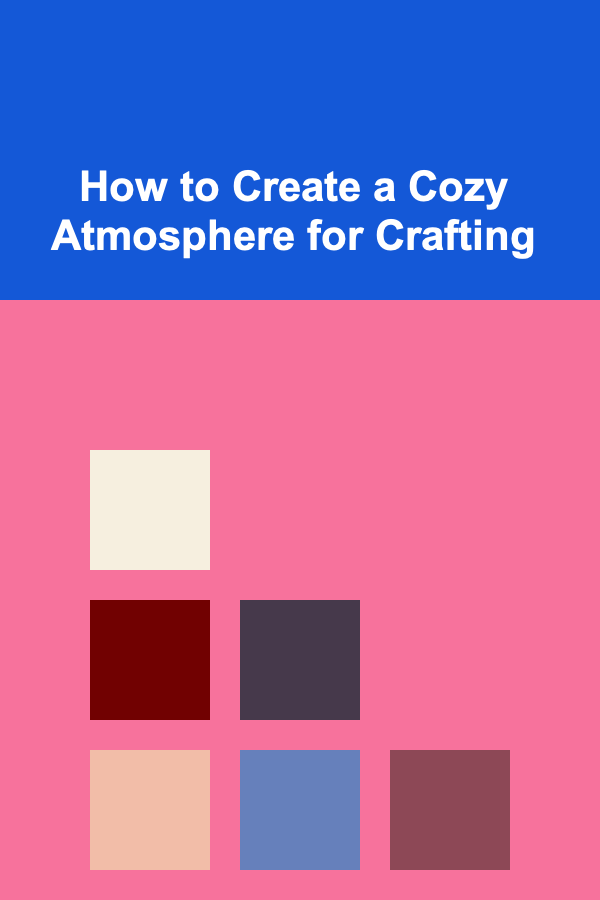
How to Create a Cozy Atmosphere for Crafting
Read More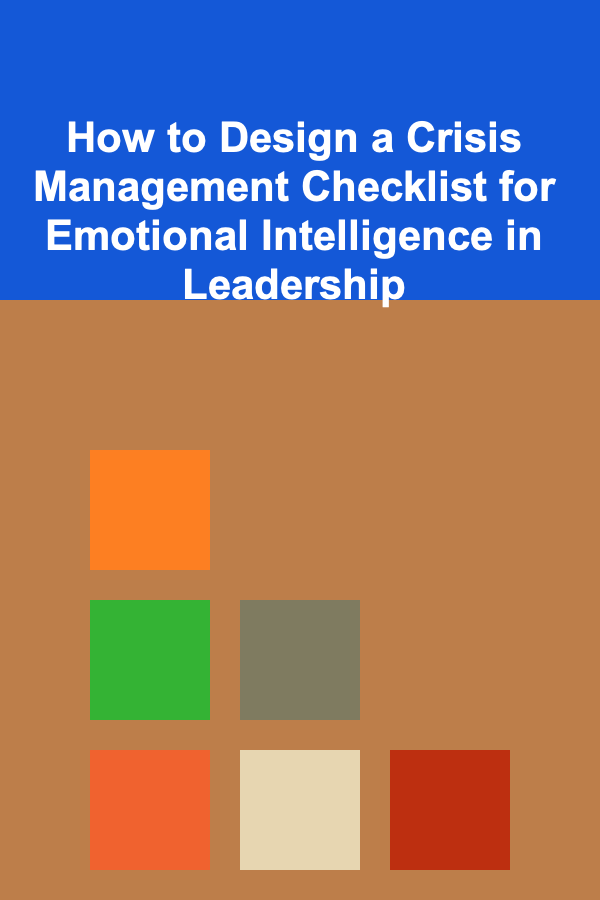
How to Design a Crisis Management Checklist for Emotional Intelligence in Leadership
Read More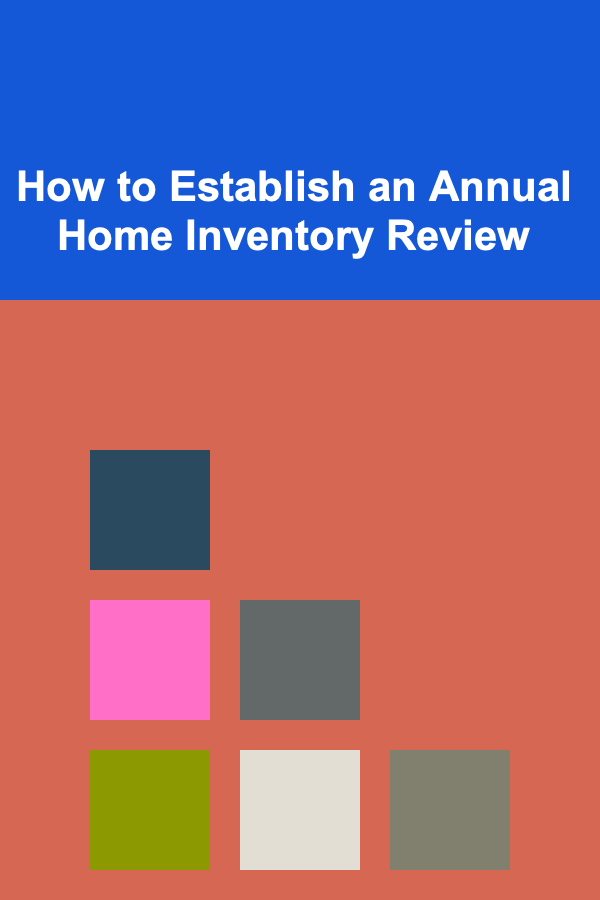
How to Establish an Annual Home Inventory Review
Read More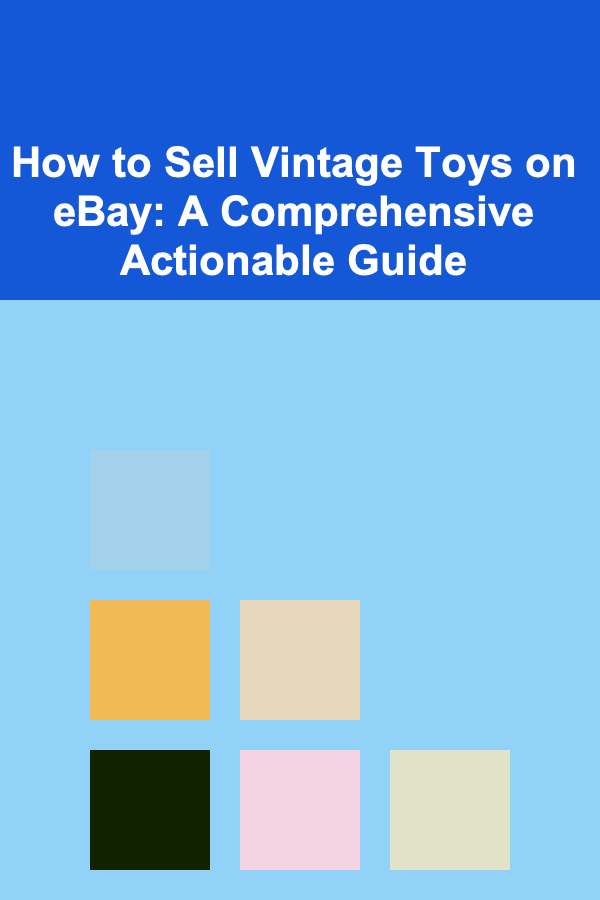
How to Sell Vintage Toys on eBay: A Comprehensive Actionable Guide
Read More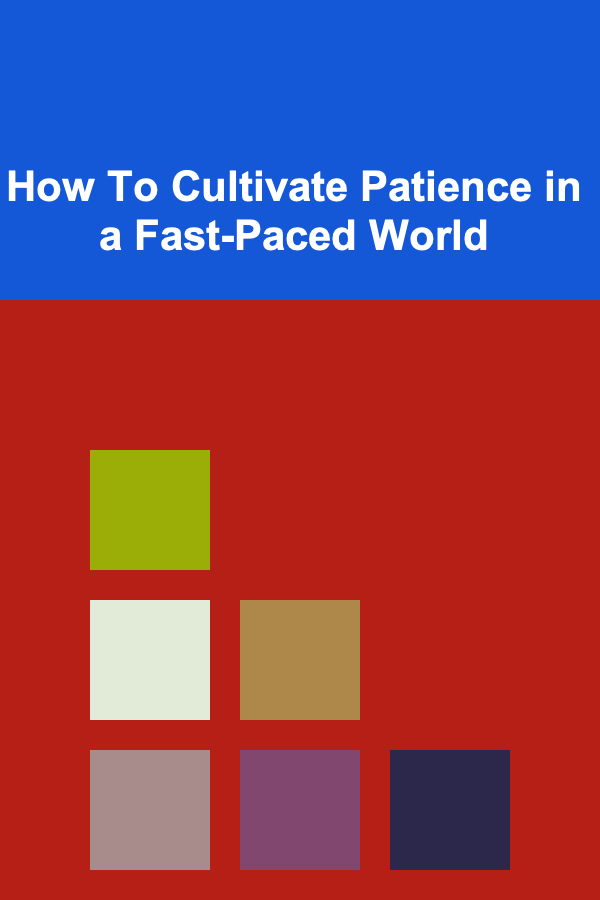
How To Cultivate Patience in a Fast-Paced World
Read More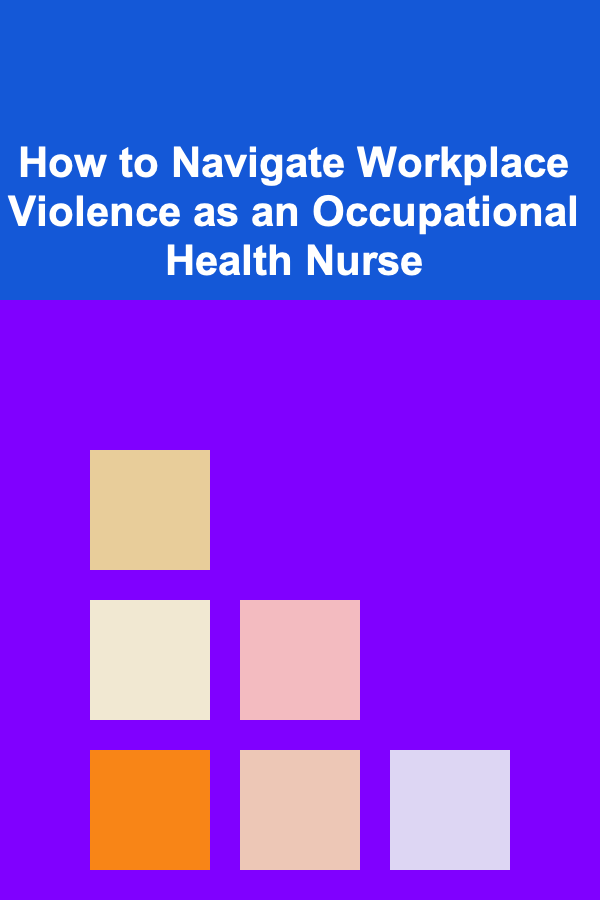
How to Navigate Workplace Violence as an Occupational Health Nurse
Read MoreOther Products

How to Create a Cozy Atmosphere for Crafting
Read More
How to Design a Crisis Management Checklist for Emotional Intelligence in Leadership
Read More
How to Establish an Annual Home Inventory Review
Read More
How to Sell Vintage Toys on eBay: A Comprehensive Actionable Guide
Read More
How To Cultivate Patience in a Fast-Paced World
Read More